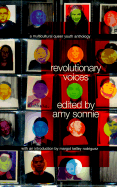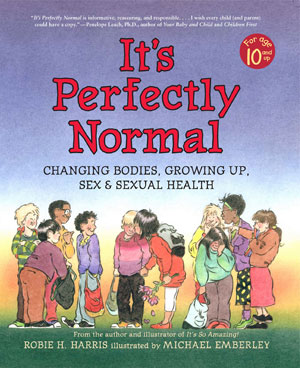Harry Potter and the Deathly Hallows
by J. K. Rowling

I had read the first six Harry Potter books and enjoyed them thoroughly, but time and opportunity had not allowed me to read the last story in the series, Harry Potter and the Deathly Hallows. Honestly, I think I was a bit intimidated by the sheer size of it, since is seems to be the longest one of the series. But I finally decided read it on the recommendation of a student who said it was the best in the series. It was!
I listened to the audio version of the book and was in awe of the reader, Jim Dale, who was handpicked by J. K. Rowling to narrate her works. Even though he has been a world-class actor for years, I’m still amazed that he can come up with distinctly different voices for each and every one of the many, many characters to come from Rowling’s fertile imagination.
I found this book to be the best of the series, for the characters have a depth of character and the story has a scope of detail that surpasses all its predecessors. It did drag a bit in spots, but overall, it made my heart race, my eyes to well up and my soul to take wing like Harry’s broomstick. Bravo!
A young man I know is dyslexic and, understandably, was never interested in reading. His mother got him the first Harry Potter book and started reading it to him; and she was thrilled to find he started reading it himself. He went on to personally read every one of the books – twice. As he puts it, “Harry Potter taught me to read.” He’s the student who recommended this book to me – and I thanked him profusely.
Google Image: harrypotter.wikia.com





















